Among the many Nazi concentration camps, Auschwitz Birkenau has special significance and today is undoubtedly one of the most important symbols of Holocaust. Over 1.3 million people died as part of the “Final Solution”, including: 1.1 million Jews, 75 thousand Poles, 21 thousand Romanis and 30 thousand people of other nationalities. Auschwitz became an emblem of the unfathomable atrocities committed by the Germans during the Second World War.
Today, Auschwitz Museum is one of the most important tourist sights around the world. Visiting Auschwitz is a confrontation with the unimaginable cruelty inflicted upon more than millions of innocent lives. It offers a chance to take a valuable lessons from the history, ensuring that the memory of Auschwitz resonate throughout the generations.
In this article you will learn about many facts about Auschwitz: from the overview of the Auschwitz structure to the acts of resistance carried out within its walls, and ultimately, the long-awaited liberation and its consequences. Each fact serves to peel back another layer of this tragic history. We aim to provide you with a comprehensive understanding of Auschwitz, by sharing the knowledge which help you to enhance your experience when visiting this extraordinary site.
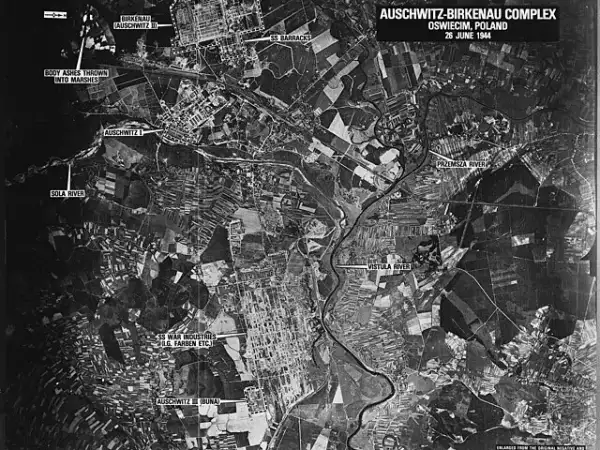
Auschwitz Facts
Auschwitz III Monowitz was the biggest of Auschwitz-Birkenau subcamps
Auschwitz-Birkenau camp complex, encompassed over 40 sub-camps. Prisoners were utilized as a forced labour force, often deployed beyond the confines of the main camp area. Some of the sub-camps served the SS economy directly, such as the agricultural and livestock farms. However, most of them worked for the factories, mines and steel mills of large German corporations such as IG Farbenindustrie or Siemens-Schuckert. In January 1944, the total stock of the Auschwitz camps was as follows: 80,839 prisoners including: Auschwitz I – 18437, Auschwitz II – 49114, Auschwitz III with all sub-camps – 13288.
Auschwitz III Monowitz was one of the first and also the largest sub-camps of Auschwitz concentration camp complex. Over time, it acquired the status of the headquarters of sub-camps. The construction of the Monowitz camp began in April 1941. In result, 2000 inmates started to work there in October 1942 reaching 11000 workers in the middle of 1944. The prisoners worked at the large synthetic rubber and liquid fuel factory Buna-Werke owned by the IG Farbenindustrie concern. The combination of deplorable living conditions and the relentless pursuit of maximum productivity by the factory management in Monowitz resulted in the deaths of 10,000 prisoners.
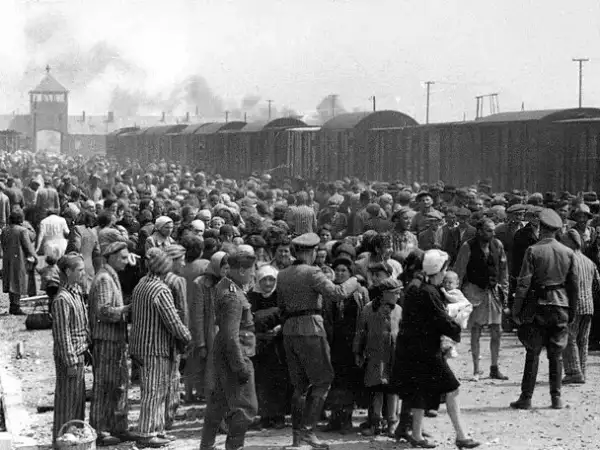
Auschwitz Facts
Romanis are the third-largest ethnic group by number of victims in Auschwitz concentration camp
Romani deportations to Auschwitz began in February 1943. They were imprisoned in Auschwitz-Birkenau, where Zigeunerlager (“the Gypsy Camp”) was established and existed for almost 1,5 year. It is estimated that 23,000 Romanis were imprisoned in the camp during this time. They were not subjected to selection upon arrival at the camp and families were not separated, but directed to the barracks. In contrast to other prisoners, Gypsies were allowed to wear civilian clothes in the camp.
Since they were treated as asocial prisoners, they received markings in the form of black triangles. Starvation, overcrowded barracks, and poor hygiene led to frequent epidemics, including typhoid and famine diarrhea. On August 2, 1944, the Zigeunerlager in Birkenau was liquidated, and approximately 4,300 remaining men, women, and children were brought to the gas chamber and killed there. In total, 21 thousand Romanis died at Auschwitz – Birkenau death camp.
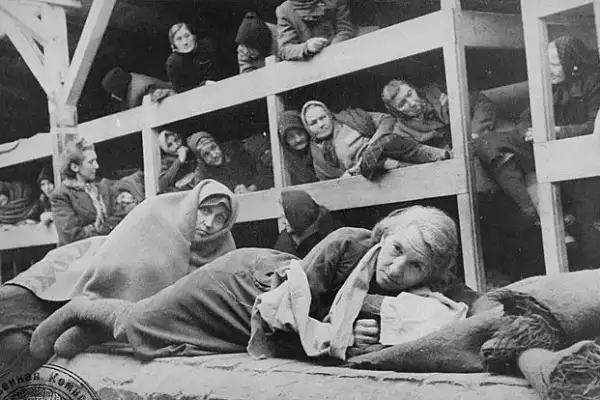
Auschwitz Facts
Marches of Death were organized shortly before liberation of Auschwitz
In January 1945 the great offensive of the Soviet Red Army was approaching Auschwitz camp. In the morning of 17th of January the prisoners were awakened by sirens. About 56,000 people were ordered to march out. It was January, a snowy, cold winter. Prisoners were exhausted by months of slave labour, poor sanitary and nutritional conditions. They were equipped with basic food rations and formed into walking columns that took the course to Lower Silesia with a walking distance of more than 60 kilometers. Those who could not manage to walk were killed by German officers. Other marches were also set out from Auschwitz sub-camps. Once the prisoners reached Wodzislaw Slaski, they were packed into open-topped wagons used for transporting coal and were largely sent back to the Third Reich. It is estimated that from 9000 to 15 000 people lost their lives during the marches of death.
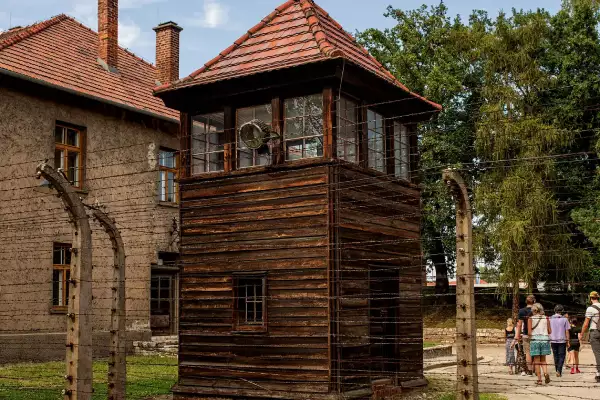
Auschwitz Facts
The great escape of Auschwitz political prisoners
The penal company was established in August 1940. Auschwitz prisoners who didn’t obey the orders and broke the rough camp rules were sent there. It was considered one of the worst possible punishments in the camp.
On June 10, 1942, some Polish political prisoners from the penal company decided to flee, taking advantage of a heavy downpour that shortened the workday. Around 50 men initiated the escape, but guards managed to turn back a dozen of them. As the guards pursued the escapees, two more prisoners were captured, and thirteen were shot. A subsequent roll call confirmed that nine prisoners were missing. On the next day, after the morning roll call, about 100 prisoners were led out of the penal company to work at “Königsgraben.” Concentration camp head Hans Aumeier demanded that the organizers of the mutiny be handed over. Faced with silence, he shot seventeen people. On that day 20 people were shot and 320 were taken to the gas chamber. They all belonged to the penal company.
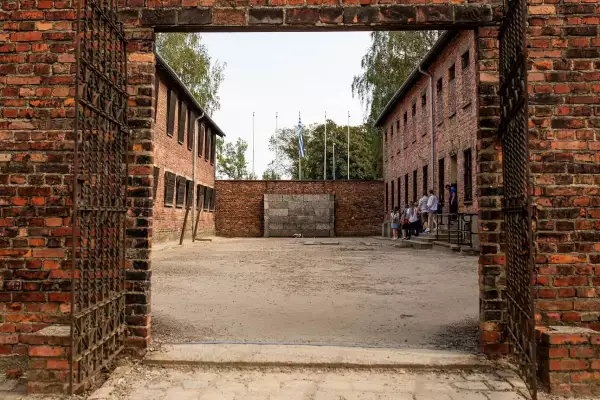
Auschwitz Facts
The infamous Block 11 was the witness of interrogations and tortures
Block 11, also known as a “block of death” was situated in the area of Auschwitz-I. The building housed the camp Gestapo headquarters and a jail for prisoners. The special cells for torture were prepared in the basement. The prisoners sentenced to death by starvation were locked in the “dark cells”. Instead of windows, the dark cells had vents covered from the outside with tin covers with holes punched in them. Prisoners slept directly on the floor. “Standing cells” with a size not bigger than 1 square meter where four prisoners were locked up for the night at a time and had to leave for work in the morning. This punishment was imposed for a period of several to twenty nights in a row. Block 11 was also a place where inmates were brutally interrogated. Shot executions and punishments like flogging or the post were conducted in the adjacent courtyard. In September 1941, at Block 11 the provisional gas chamber was built in order to perform the first attempt at mass murder using Zyklon B. The victims of the crime were Soviet prisoners of war and sick Polish prisoners selected from the camp hospital.
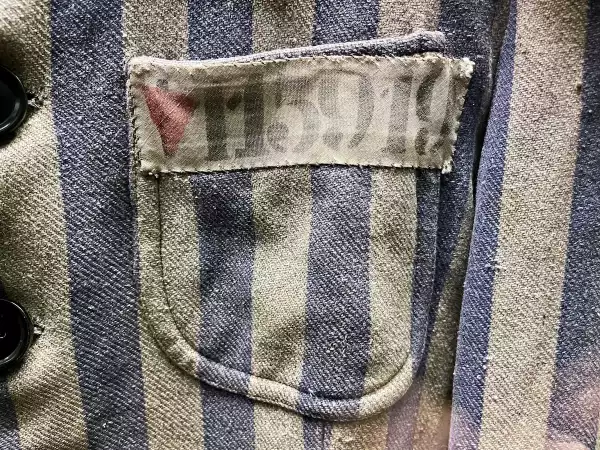
Auschwitz Facts
Nazis classified inmates in Auschwitz death camp according to a system of triangles
The system of marking prisoners with triangles was introduced in Auschwitz in 1940 and was not used for some groups of prisoners. The red triangle – marked “political” prisoners, who were placed in the camp on the basis of a “protective imprisonment order” issued by state police posts. Political prisoners at Auschwitz were primarily Poles. The green triangle denotes “criminal” prisoners incarcerated in the camp immediately after committing a prohibited act. Prisoners in this category were mostly Germans. Black triangle – “antisocial” prisoners, theoretically imprisoned for vagrancy and prostitution; and practically, many other acts and behaviours quite arbitrarily and freely interpreted by the police authorities. Roma incarcerated in the Gypsy camp in Birkenau were also considered “antisocial.” Purple triangles marked prisoners incarcerated in the camp for being members of the Jehovah’s Witnesses Church. They were considered hostile to the state due to their pacifist views. Pink triangles denote homosexual prisoners. In total, there were 122 men prisoners in this category. Lesbians were not classified under the pink triangle, but under the black one. Jews at Auschwitz actually formed a separate category of imprisoned people. They were most often registered as “political” references to Jews as belonging to other categories were extremely rare in camp documents. Initially, they were marked by introducing a yellow triangle under the red triangle with its base facing down, so that the two triangles formed the symbol of the Star of David. Later replaced with a narrow rectangular stripe in yellow was placed over the red triangle.
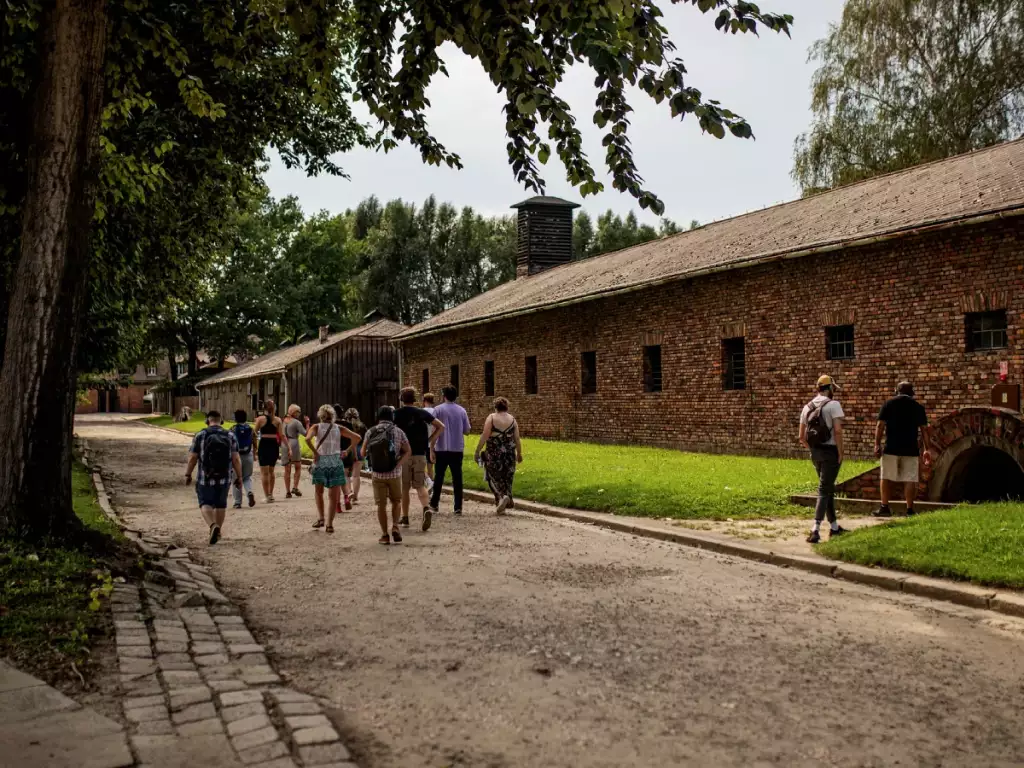
Auschwitz Facts
Mass sterilization experiments were performed by camp doctors in Auschwitz II Birkenau
Dr. Carl Clauberg was entrusted with the task of finding the most appropriate sterilization method that would make it possible to sterilize an unlimited number of people in the shortest possible time, in the simplest possible way. The method of non-surgical mass sterilization developed by Clauberg, carried out under the guise of a gynecological examination, consisted of the insertion into the female reproductive organs of a chemical irritant. It caused acute inflammation, after which the fallopian tubes became overgrown and thus obstructed after a few weeks. The effect of the experiments was checked each time by X-ray. The procedures described were carried out in a brutal manner and often caused complications. Some Jewish women died as a result of Clauberg’s experiments, while others were put to death for autopsy.
In Barrack No. 30 in the women’s camp in Birkenau “X-ray sterilization” station equipped with two Siemens X-ray machines was prepared for doctor Horst Schumann. From time to time, groups of several dozen Jewish male and female prisoners were led there to have their testicles and ovaries irradiated with Roentgen rays in men and ovaries in women. The irradiation were followed by severe burn wounds on their bodies and radiation-induced inflammation and hard-to-heal purulent lesions on their skin. Only a small number of the victims of Clauberg’s and Schumann’s experiments survived the Auschwitz concentration camp.
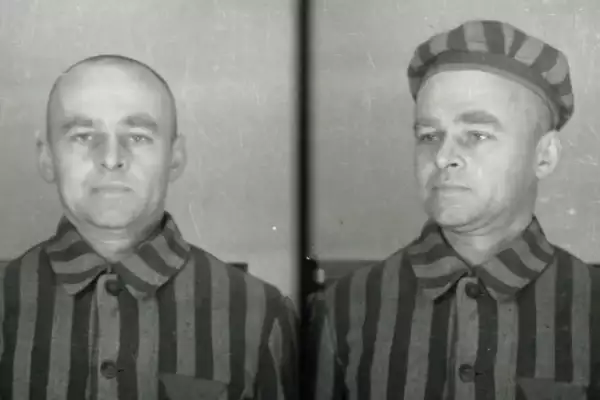
Auschwitz Facts
Witold Pilecki intentionally got caught and escaped from Auschwitz to inform the world about Holocaust
Witold Pilecki was a Polish resistance fighter who volunteered to infiltrate Auschwitz. His goal was to gather vital information and establish a secret resistance organization. Operating under the alias “Tomasz Serafiński,” he got caught in 1940.
Once he arrived in Auschwitz he started to form the resistance organization with several hundred members. Pilecki risked his life to send out partial reports detailing the inhumane conditions inside the camp. In April 1943, he successfully escaped with two comrades, enduring a dangerous journey through Nazi-occupied territory.
Following his recovery, Pilecki meticulously documented his experiences in Auschwitz, culminating in a comprehensive report intended to expose the full extent of German crimes to the Polish government in exile, as well as to the Allies. His courageous actions stand as a remarkable testament to his unwavering determination to shed light on the horrors of the Holocaust and preserve the memory of its victims.
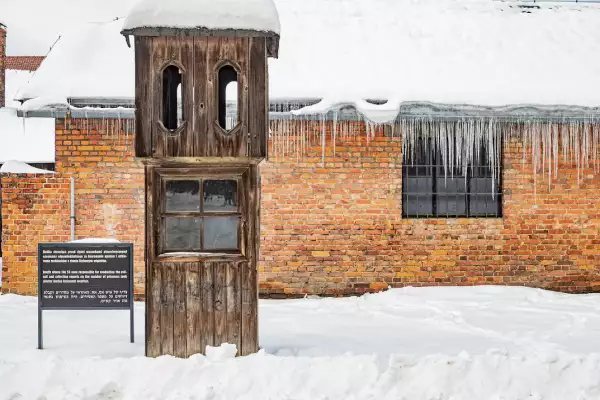
Auschwitz Facts
More than 8000 people worked in the SS garrison of Auschwitz
It is estimated that in 1941, the SS garrison at Auschwitz consisted of about 700 members. By June 1942, the number had increased to approximately 2,000. In April 1944, it reached around 3,000, and by August 1944, there were approximately 3,300 SS men and female supervisors. The highest number of SS personnel was recorded in mid-January 1945 during the final evacuation of Auschwitz, totalling 4,480 men and 71 female supervisors. Throughout the entire existence of Auschwitz, an estimated 8,100-8,200 SS men and 200 female supervisors served as garrison members.
The attitude of the camp’s garrison towards prisoners was clear. Any display of human compassion towards prisoners was not only discouraged by superiors, but was also strongly disapproved, seen as a sign of weakness and lacking character. The complete absence of humanity, respect for human dignity, and disregard for moral and legal norms were the result of years of intense indoctrination in the spirit of National Socialism and the fostering of German militarism traditions.
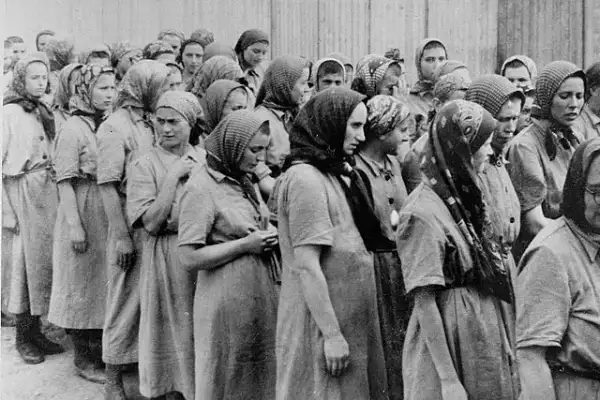
Auschwitz Facts
Auschwitz facts: 700 children were born in the camp
Children born in the early days of the women’s camp in Birkenau, regardless of nationality, were killed without being recorded in the camp records. Non-Jewish babies born after mid-1943 were allowed to live, while children of Jewish women were killed. Based on the available documents, we know that at least 700 children were born in the Auschwitz-Birkenau extermination camp. The fate of children and young prisoners was similiar to the adult inmates. They were also subjected to cruel experiments conducted by SS doctors. By the end of 1943, separate barracks were set up for children over two years old. The conditions there were no different from those in the adult barracks. Children in the camp hospital had slightly better conditions – the prisoner medical and nursing staff tried to get them extra blankets, food, clothing or medicine. Unfortunately, only a few children survived until liberation due to the systematic extermination and deportation to other camps.